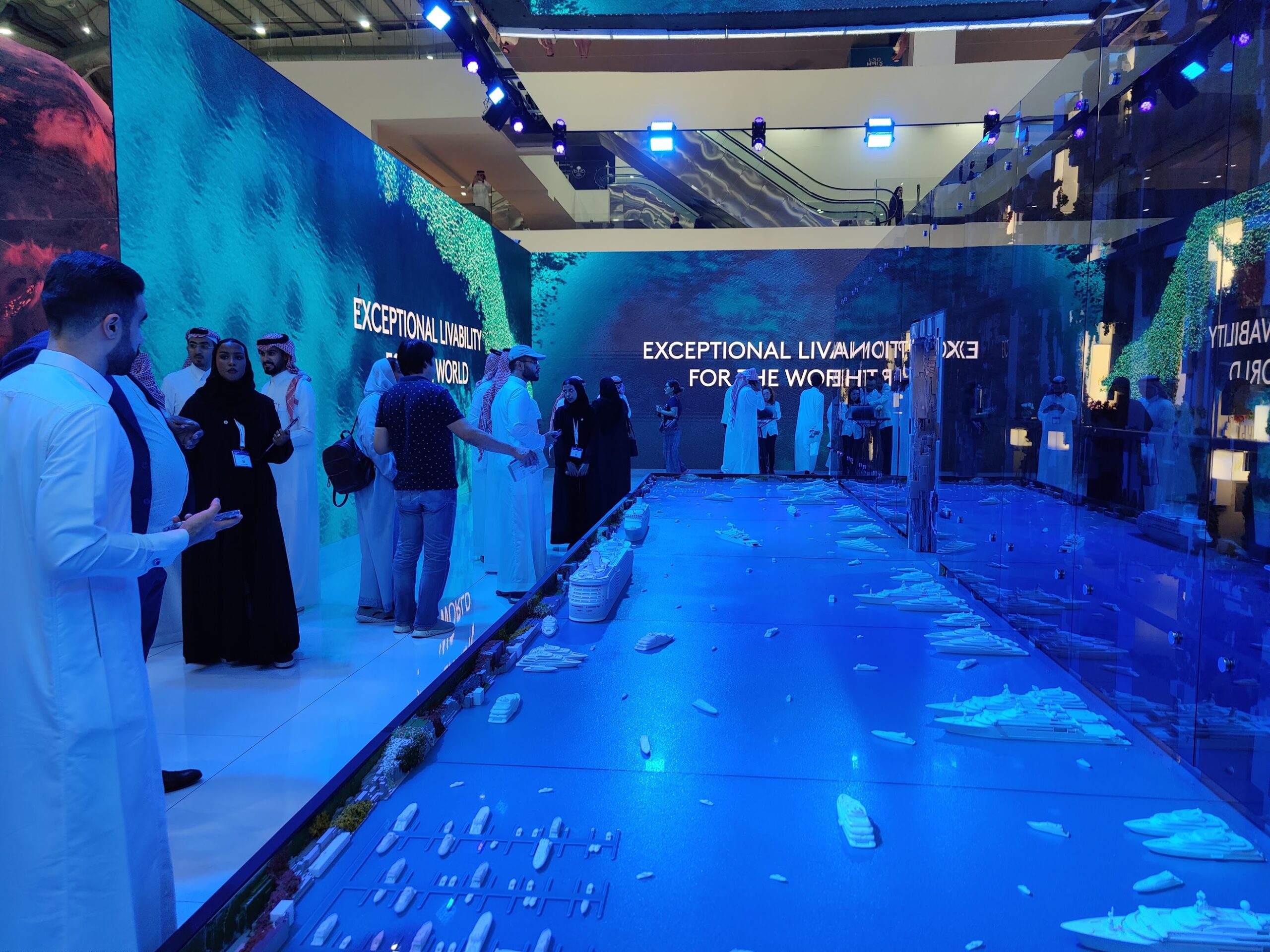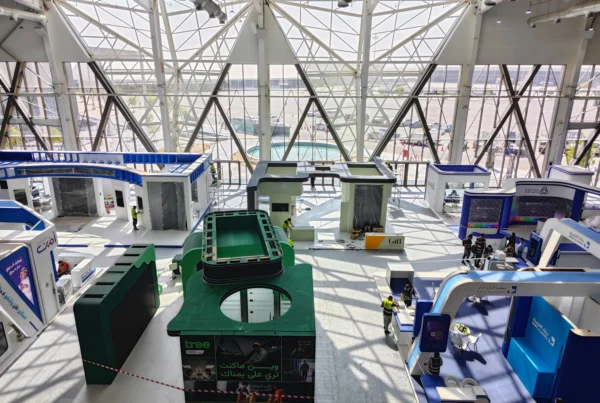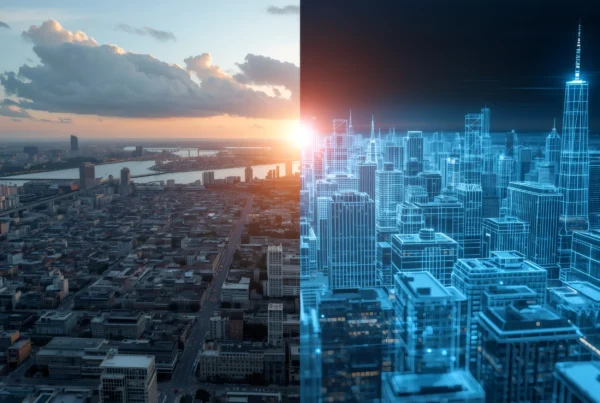5 Ways Immersive Event Technology Enhances Your Customer Experience Strategy
In the competitive world of events, creating a memorable experience for attendees is no longer optional—it’s essential. Immersive event technology has emerged as a game-changer, offering brands powerful tools to captivate audiences, personalize interactions, and leave lasting impressions. From interactive technology for events to cutting-edge audiovisual solutions, the integration of immersive tools is reshaping customer experience strategies.
In this article, we’ll explore five ways immersive event technology can transform your customer engagement, boost ROI, and set your brand apart.
1. Personalized Engagement Through Data-Driven Immersion
Gone are the days of one-size-fits-all experiences. Immersive event technology enables personalized engagement by leveraging real-time data to create tailored interactions for attendees.
- How It Works: Tools like interactive touchscreens, augmented reality (AR), and personalized apps track attendee preferences and behaviors, adapting content to suit their needs.
- Example: At the Saudi Cup Equestrian Authority Activations, attendees experienced tailored interactions using smart digital displays, creating a unique connection with the brand.
- Impact: Personalization fosters trust and helps attendees feel valued, increasing the likelihood of a positive brand association.
For more on how personalization elevates experiences, check out our article on Interactive Technology for Events.
2. Boosting Engagement with Interactive Content
Engaging attendees is a top priority for any event. Immersive event technology drives active participation through gamification, augmented reality (AR), and real-time feedback systems.
- How It Works: Tools like interactive walls, gesture-controlled interfaces, and gamified experiences encourage attendees to interact directly with your brand.
- Example: At trade shows, combining event interaction technology with trade show audiovisual setups creates captivating activations that increase booth dwell time.
- Impact: Active engagement increases recall, making attendees more likely to remember your brand after the event.
3. Immersive Product Demonstrations and Storytelling
Storytelling is at the heart of successful brand interactions, and immersive solutions amplify this effect by making your brand story unforgettable.
- How It Works: VR and AR-powered tools allow attendees to explore products in realistic, virtual settings. Holograms and 3D mapping add depth to your storytelling, creating a multi-sensory experience.
- Example: Imagine a real estate developer using VR to showcase properties. Attendees can virtually “walk through” homes before they’re built, creating excitement and confidence in the product.
- Impact: These demonstrations simplify complex products and build emotional connections, turning prospects into loyal customers.
Learn more about the importance of immersive storytelling in Immersive Interactive Technology for Events.
4. Seamless Integration with Event Interaction Technology
The key to creating a seamless customer journey lies in how well technology integrates with your event goals. Interactive technology solutions provide tools to align every touchpoint with your broader customer experience strategy.
- How It Works: By syncing attendee data across platforms and technologies, you can deliver cohesive, impactful experiences. For example, linking attendee interactions with post-event follow-ups ensures continuity in the customer journey.
- Example: Using tools from Smart Digital Content Creation, brands can create interactive content tailored to event themes and customer preferences.
- Impact: Seamless integration maximizes the effectiveness of your customer experience plan, ensuring no opportunity is wasted.
5. Enhancing ROI with Measurable Results
Every business decision comes down to ROI, and immersive event technology is no exception. The ability to track and measure attendee interactions in real-time ensures your event strategy is data-driven and impactful.
- How It Works: Metrics like booth dwell time, content views, and attendee feedback help brands assess what’s working and what needs improvement.
- Example: At a trade show, combining trade show audiovisual with interactive displays can double engagement rates while offering measurable insights into attendee behavior.
- Impact: Data-driven insights allow you to optimize future events, ensuring your marketing efforts are consistently effective.
Future Trends in Immersive Event Technology
The future of immersive event technology promises even greater possibilities, including:
- AI-Powered Personalization: Predictive tools that adapt in real-time to attendee behavior.
- Hybrid Event Technology: Bridging the gap between physical and virtual events with seamless AR and VR integrations.
- Eco-Friendly Immersive Solutions: Technologies like energy-efficient displays and reusable content platforms align with sustainability goals.

Conclusion
Immersive event technology is no longer just a buzzword; it’s a transformative tool that redefines how brands engage with their audiences. By integrating tools like AR, VR, and interactive displays into your customer experience strategy, you can enhance engagement, build trust, and achieve measurable ROI.
Ready to elevate your next event? Learn how Chameleon Interactive can help you harness the power of immersive event technology with tailored solutions. Explore our case studies and start transforming your event strategy today.


